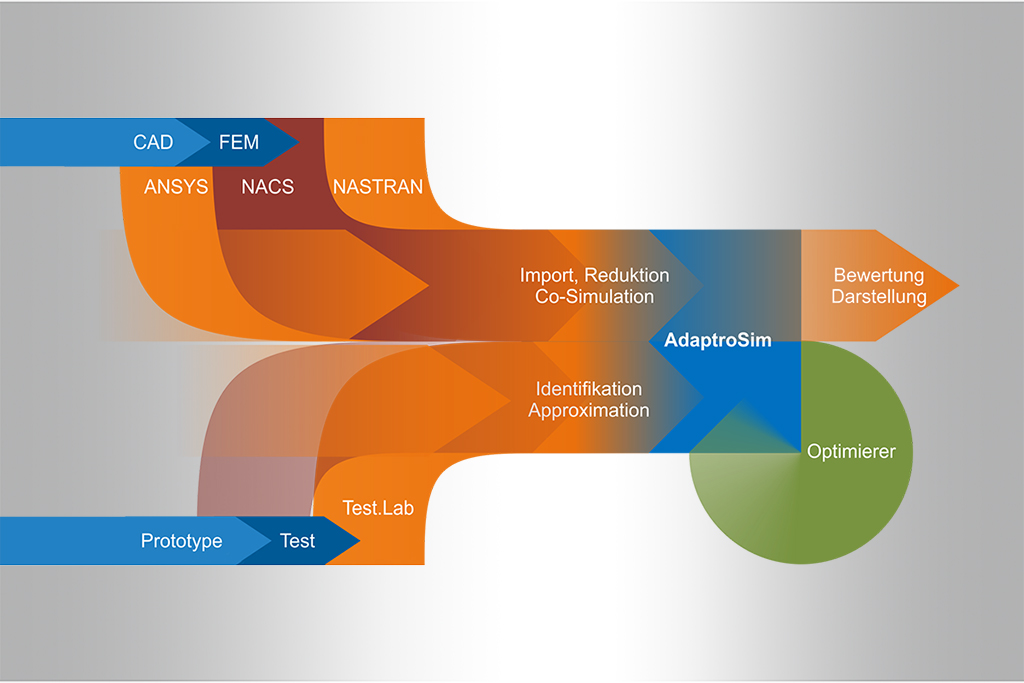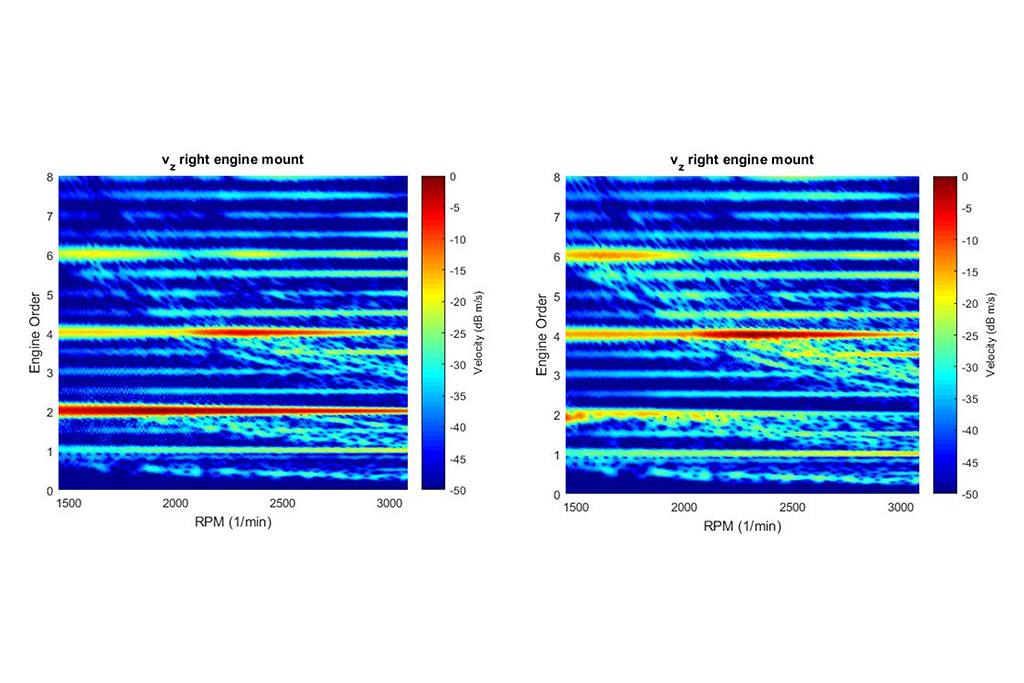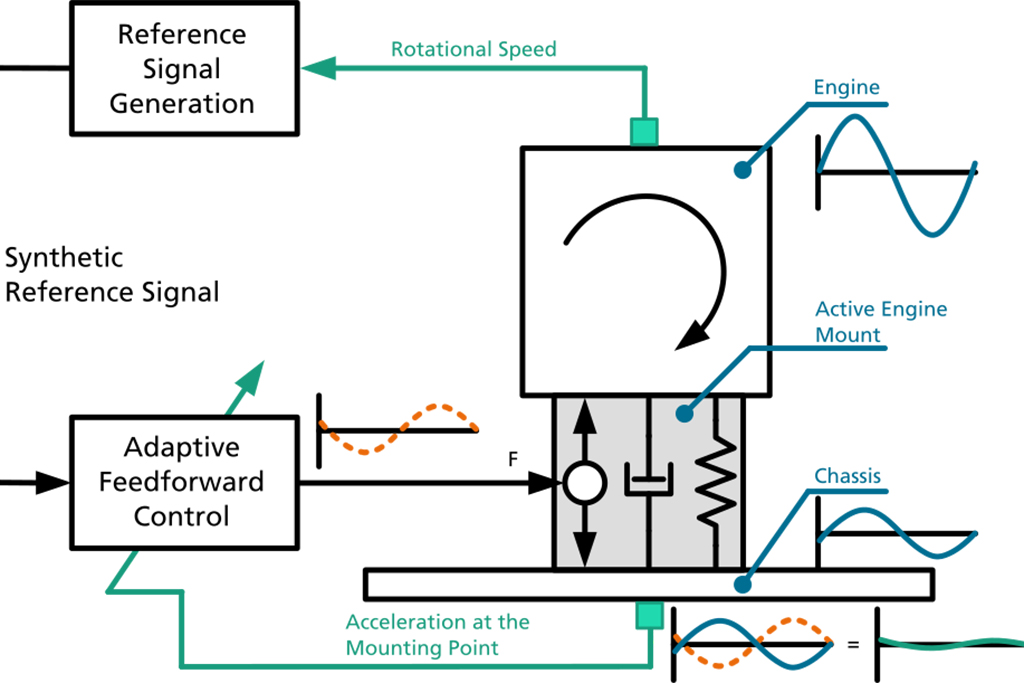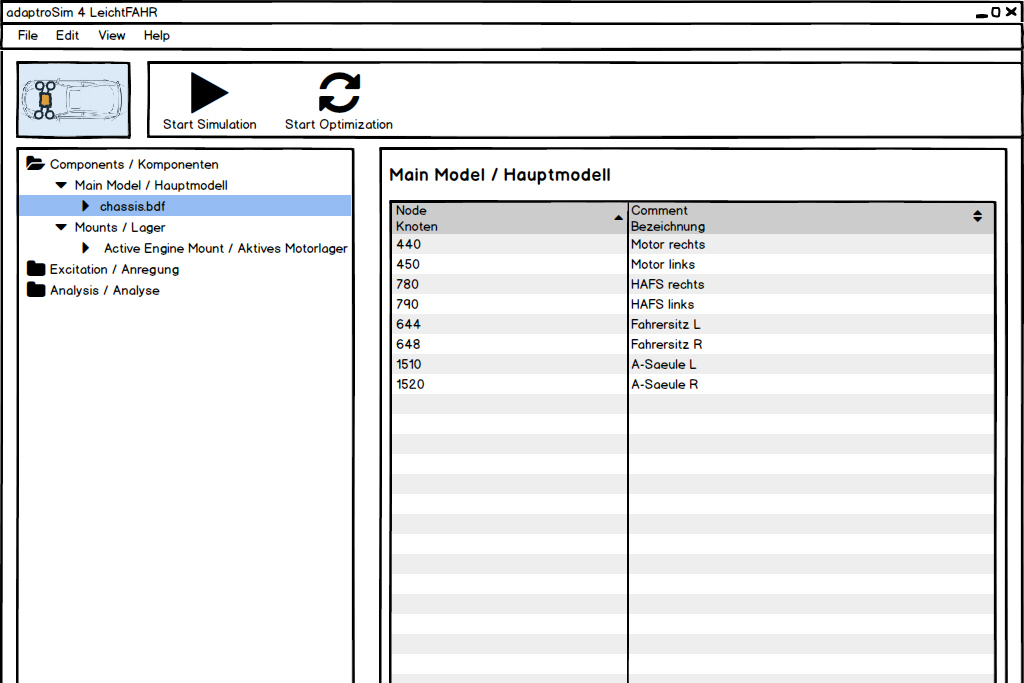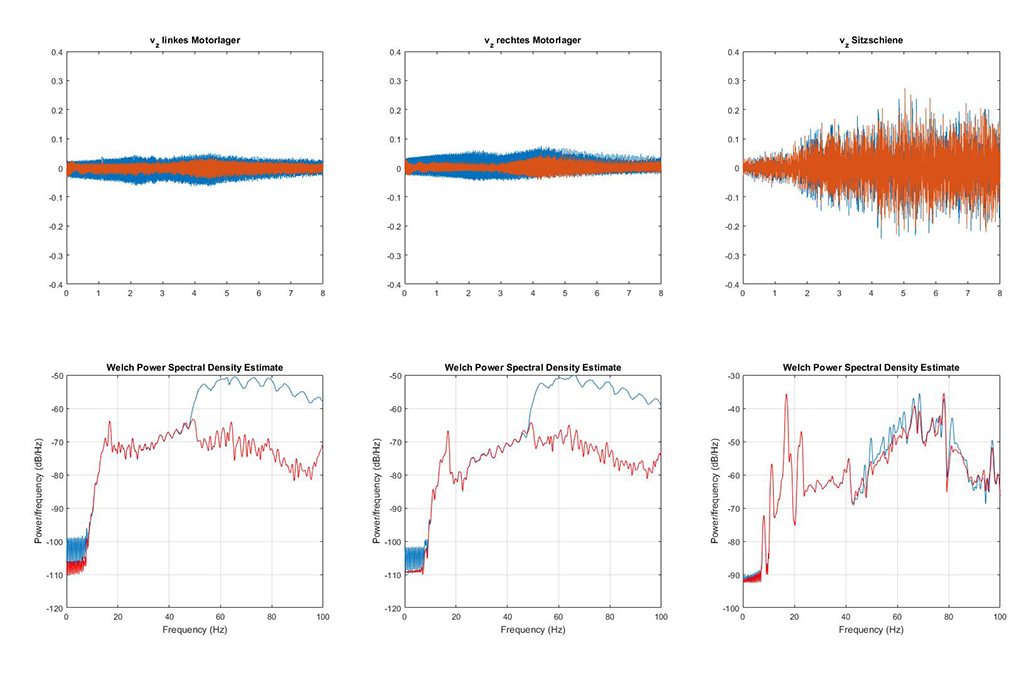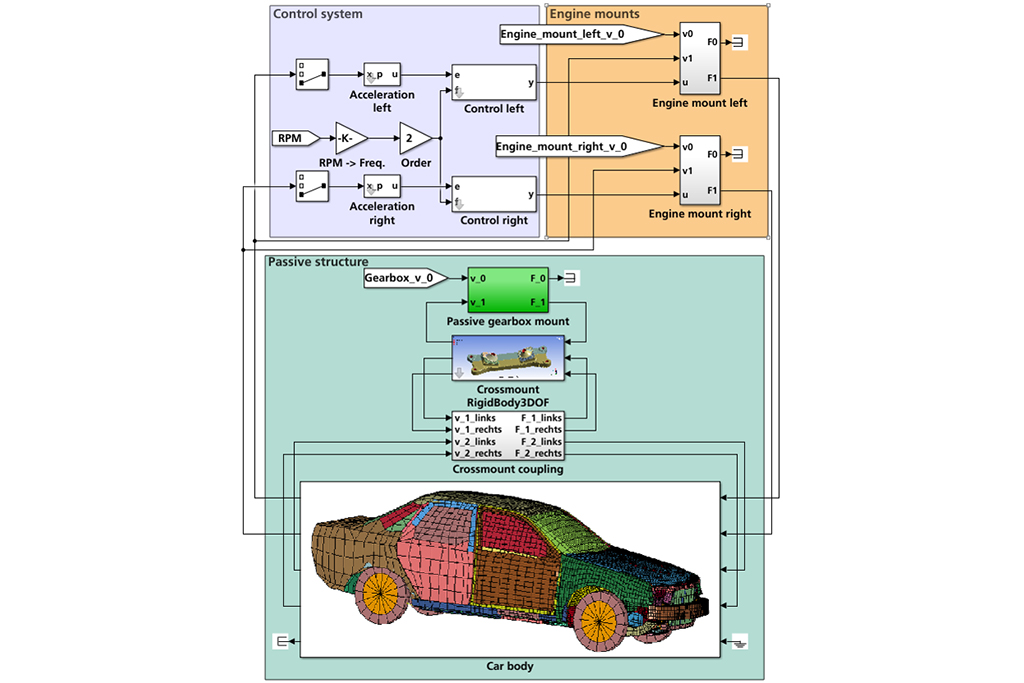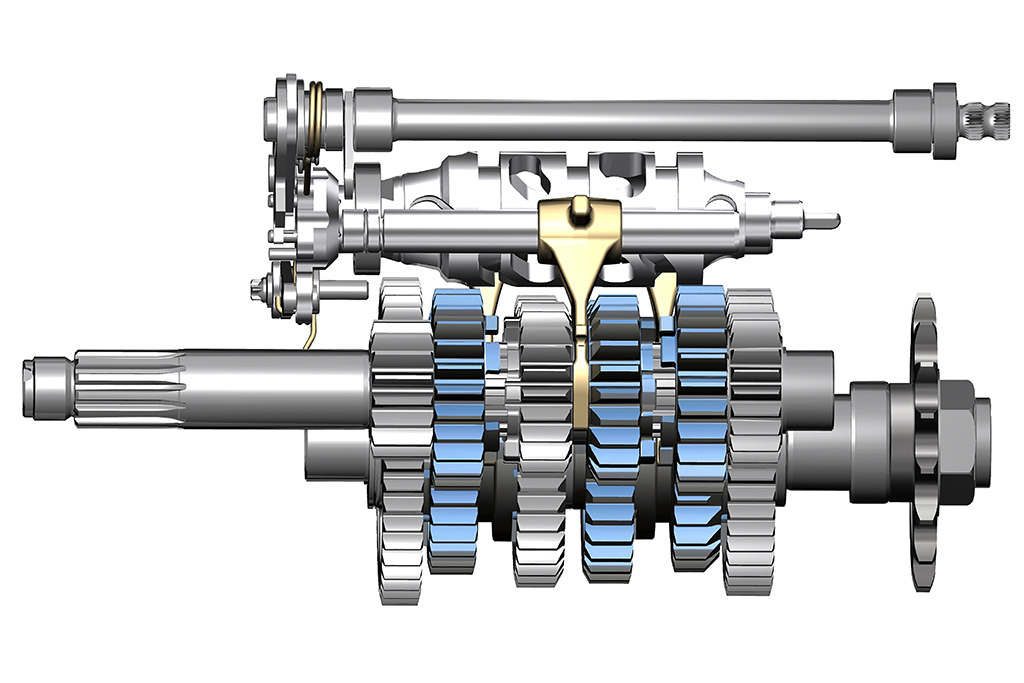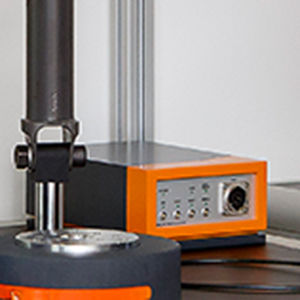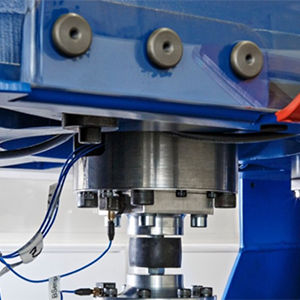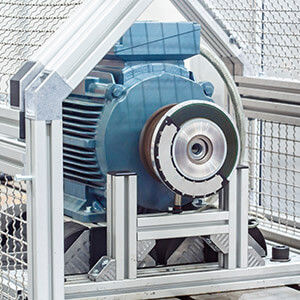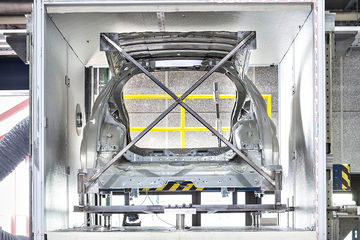Optimized lightweighting taking into account the vibro-acoustic behavior of the vehicle structure.
MODELING, SIMULATION, OPTIMIZATION, LIGHTWEIGHTING, VIBRATION REDUCTION, SMART STRUCTURES

The transport sector constitutes roughly 30 percent of the energy consumption in Germany. Manufacturers and suppliers are striving to provide sustainable transportation by making vehicles more efficient. Structural lightweighting is playing a leading role here. This leads to conflicting requirements, which, in highly accelerated development cycles, can only be solved through innovative components and development processes.
The aim of “LeichtFahr”, a project sponsored by the German Federal Ministry for Economic Affairs and Energy, was to achieve significant weight savings in the vehicle as a whole using innovativecomponents and to do so without reducing the vehicle‘s vibro-acoustic comfort behavior.
New simulation tool for the optimization of lightweighting potential
As part of the project, scientists developed a method for comprehensive vibro-acoustic vehicle simulation and optimization. In the simulation environment, the time-discrete signal processing for the adaptronic measures was linked with actor and sensor models as well as with structural models based on analytical, numeric and experimental tests. In the process, alongside traditional modeling procedures such as the finite elements method, neuronal networks have proven fitness for structural dynamics simulation and heuristic optimization processes have shown they are particularly suited the solution of multivariate problems with local minima.
Prototype implementation of the simulation results
For this purpose, the SME partners and research partners developed an integrated simulation and development tool based on the standard software used among the industry partners involved.
With the help of the software, active measures and lightweight structures were designed and then implemented as prototypes in a vehicle. This was done based on the example of an active engine mount and a lightweight transmission crossmember made of a plastic-metal composite. The use of the active engine mount enabled a cancellation of the dominant engine orders introduction into the vehicle structure. At the same time, the composite transmission crossmember allows for a significant reduction in weight and improved vibration absorption. Industry and research partners jointly implemented the demonstration vehicles that now provide the basis for decision making for serial development.
Conflicting goals of lightweighting, comfort and performance solved
Through the components and methods developed in the project, the partners involved can exploit new potentials in lightweight vehicle design, thus increasing the efficiency of the vehicles and reducing vehicle emissions. The development of innovative, integrated simulation, optimization and prognosis methods in early development phases and throughout the entire development process enables the implementation of adaptive and active systems, which contribute to the solution of conflicts between the requirements of lightweighting, comfort and performance.
Das Vorhaben wurde durchgeführt von: Daimler AG, ZF Friedrichshafen AG, Boge Elastmetall GmbH, NOVICOS GmbH, SIMetris GmbH, OpenLogic Systems GmbH, Fraunhofer LBF und Institut für Kraftfahrzeuge der RWTH Aachen University.
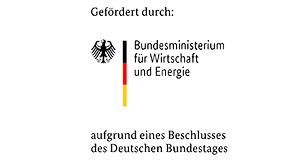
Contact
- Dipl.-Ing. Heiko Atzrodt
- Phone: +49 6151 705-349
- heiko.atzrodt@lbf.fraunhofer.de
- Georg Stoll, M.Sc.
- Phone: +49 6151 705-8528
- georg.stoll@lbf.fraunhofer.de
